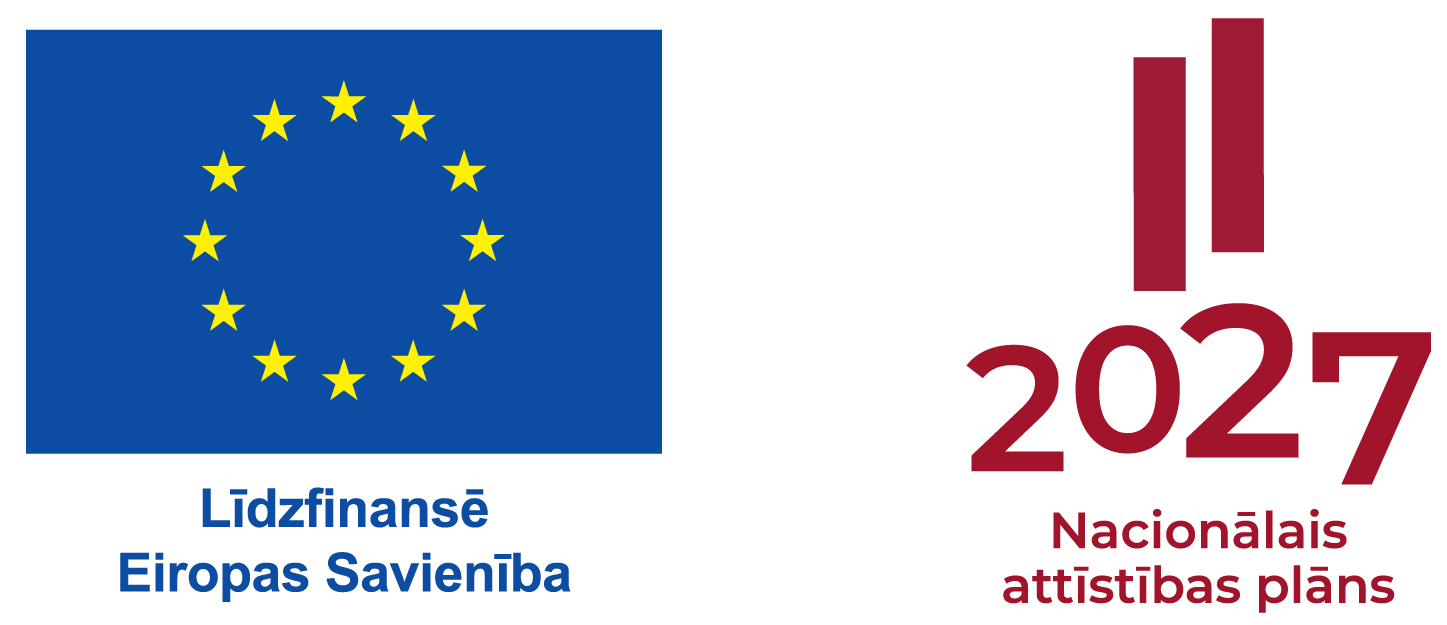Support for the Revitalization of Historical Peat Extraction Sites
One of the most important resources in Latvia’s national economy is peat; however, the full economic potential of this resource is not being fully utilized.
Several challenges have been identified in the peat industry, including those related to economic activity, regulatory frameworks, sector management, the quality of geological information, and the systematic collection of data. Some of these issues are connected to active peat extraction sites where the resource is still being mined.
Meanwhile, the unresolved question remains: what should be done with historical peat extraction sites that emit significant amounts of CO2 into the atmosphere? Peatlands, in their natural state, act as carbon sinks, storing carbon. However, once they are drained, the peat becomes exposed to oxygen, leading to the decomposition of organic matter and the release of CO2 into the atmosphere.
Latvia has hundreds of former peat extraction sites, many of which are either fully or partially abandoned and classified as degraded areas. In order to reuse these areas for sustainable purposes, with the possibility of resuming economic activity in many of them, it is necessary to undertake their reclamation or restoration. Revitalizing these areas and restoring the natural water balance could halt or reduce CO2 emissions while also restoring the peatlands’ ability to sequester carbon, which is crucial from an environmental perspective.
To initiate this process, it is first necessary to conduct an inventory of these areas and explore the development and utilization possibilities of historical peat extraction sites to determine the best management approaches.
As part of the project, activities are planned in the territories of the Vidzeme, Latgale, Kurzeme, and Zemgale planning regions*. The research and inventory will be carried out on historical peat extraction sites, covering at least 9,000 hectares of land owned by municipalities and private individuals.
Interested landowners will be offered both informative and educational events, as well as the opportunity to develop reclamation plans for the historical peat extraction sites on their properties. Reclamation processes in peatlands proceed very slowly and can take several decades, making it crucial to start these activities immediately.
In parallel with these activities, information will also be gathered regarding the use of peat in energy production for municipal heating services, in order to evaluate other alternative renewable energy sources.
*The project implementation areas correspond to the scope of the Territorial Plan for a Just Transition, which determines the availability of Just Transition Fund financing for the statistical regions of Kurzeme, Latgale, Vidzeme, and Zemgale, in accordance with the Nomenclature of Territorial Units for Statistics (NUTS) level 3, in force as of November 25, 2022. The project does not include areas located within the cities of Riga and Jūrmala, or the municipalities of Ādaži, Limbaži, Ogre, Ropaži, Ķekava, Mārupe, Olaine, Salaspils, Saulkrasti, Sigulda, and Tukums.
